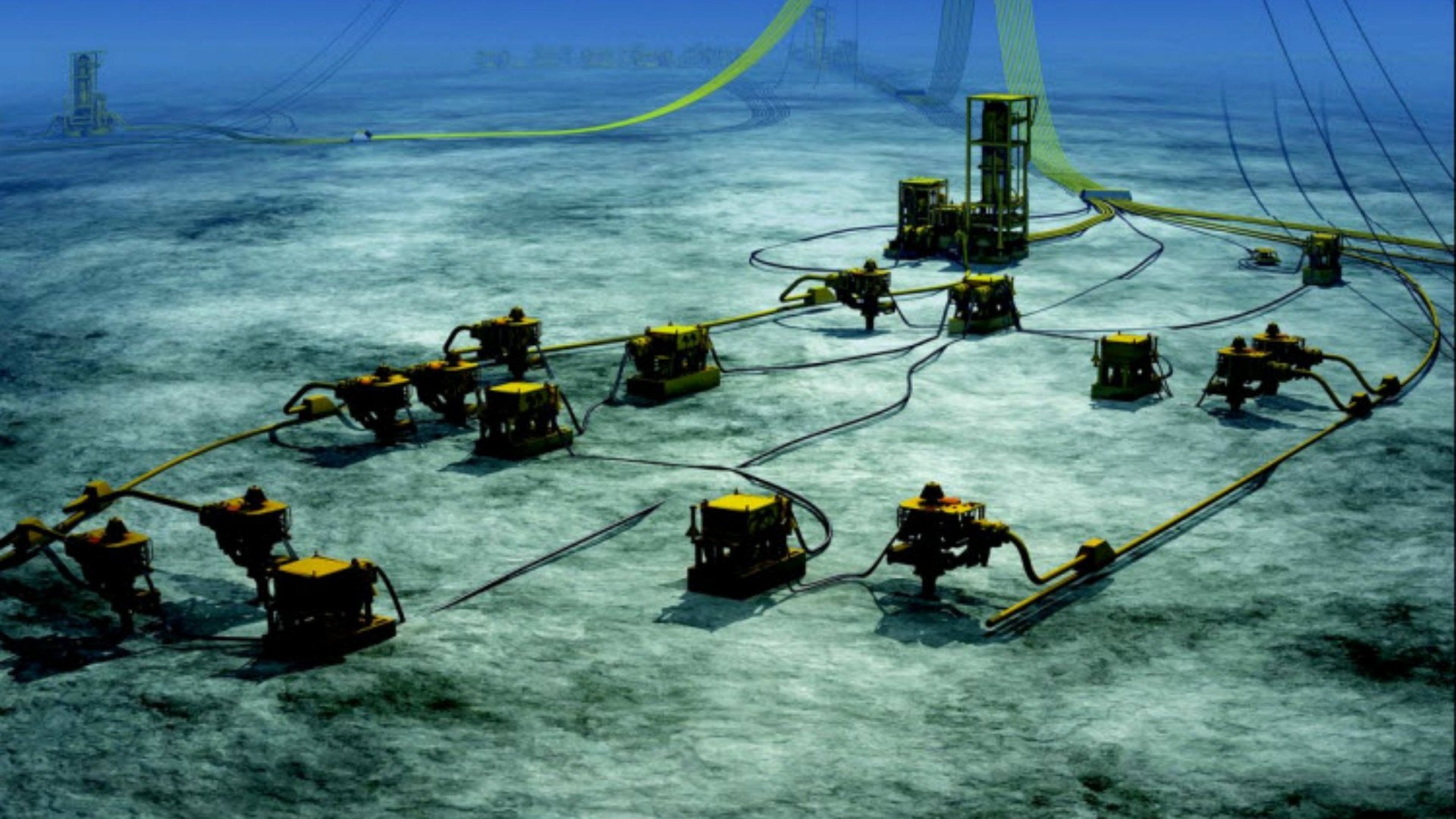How to avoid getting caught in a “polar vortex” in the Arctic Circle
Increasing numbers of companies are looking to drill for oil and gas in the Arctic Circle, thought to hold some 25% of the world’s remaining supplies. But how to cope with the unforgiving ice floes, wind and severe weather, given that the current cold snap in the US has frozen pipelines and closed oil refineries? In the Barents Sea, Norway’s Statoil intends to bypass the entire nightmare by building its extraction facilities on the seabed itself, where the temperature—by definition—never falls below the freezing point of seawater (about 28°F or -2°C), in a format such as that depicted above. Such subsea technology is taking off in deep-sea drilling around the world, such as in deep-sea offshore Angola.


Increasing numbers of companies are looking to drill for oil and gas in the Arctic Circle, thought to hold some 25% of the world’s remaining supplies. But how to cope with the unforgiving ice floes, wind and severe weather, given that the current cold snap in the US has frozen pipelines and closed oil refineries? In the Barents Sea, Norway’s Statoil intends to bypass the entire nightmare by building its extraction facilities on the seabed itself, where the temperature—by definition—never falls below the freezing point of seawater (about 28°F or -2°C), in a format such as that depicted above. Such subsea technology is taking off in deep-sea drilling around the world, such as in deep-sea offshore Angola.